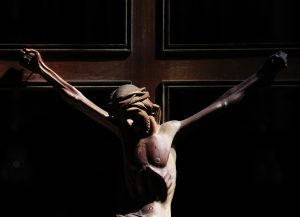Toward the end of his ministry, Jesus made a last visit to Jerusalem; the Jewish religious center and political capital of Judaea. The city and kingdom were under Roman colonial rule and occupation.
During his preaching in the capital Jesus questioned the spiritual honesty of the priestly orders. And he challenged their interpretation of the Holy Scriptures. His spiritual defiance against the city’s ruling authorities provoked his prosecution, judgment and death.
One of the primal reason that precipitated Jesus’ fatal fate was the fact that he chased the money changers and merchants out of the Temple. He cured the lame and blind people who came to him instead. These actions enraged the high priests and scribes who saw the behavior of an outsider as an ultimate act of disrespect and blasphemy.
Mathew 21:12 And Jesus entered the temple and drove out all who sold and bought in the temple, and he overturned the tables of the money-changers and the seats of those who sold pigeons. 13 He said to them, “It is written, ‘My house shall be called a house of prayer,’ but you make it a den of robbers.
The religious establishment saw Jesus as a threat to their authority. And the rulers, a challenge to their political order. To remediate the challenge to the established order, the city’s priestly elite mobilized their lobbying power to coerce the Roman prefect Pontius Pilates to arrest Jesus for claiming to be the king of the Jews; an act of treason according to Roman law.
He was judged and condemned to die on the cross.
To this day the crucifix is the symbol of tyranny. A visual representation of the political, legal and religious abuse of power by morally corrupt elites.



